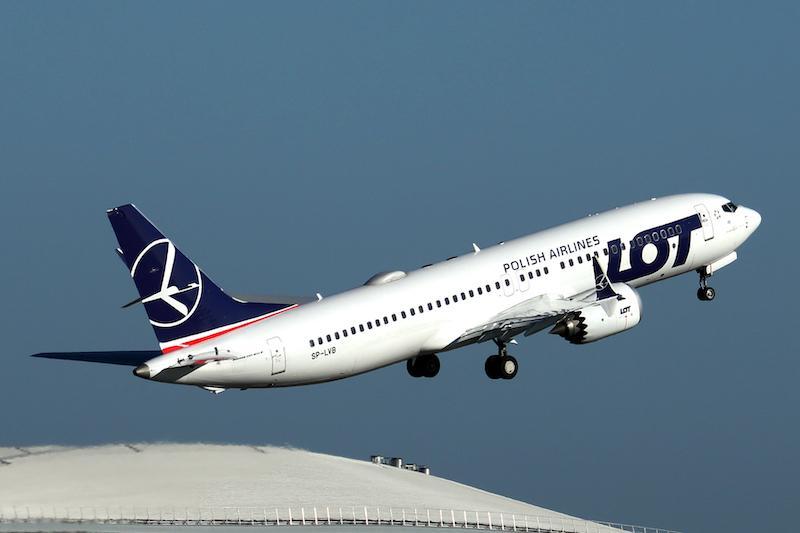
LOT currently operates a fleet of 76 aircraft.
WARSAW—As part of efforts to drive efficiencies in its maintenance division, LOT Polish Airlines is in the process of rolling out new maintenance, repair and overhaul (MRO) and fleet management software in order to improve its operational processes.
Speaking at Aviation Week’s MRO BEER conference in Warsaw, Krzysztof Krolak, vice president of technical operations at LOT, says the airline is currently in the process of adding applications to its existing Trax software system, which will soon be upgraded to the software-provider’s web-based eMRO system.
To improve visibility, Krolak says the flag-carrier has explored ways to keep aircraft airworthy with improved tracking and by monitoring operations. In order to do this, he says, the airline needs to work with real-time data. “At the beginning of last year, we initiated a project where we are creating a digital environment,” he says. “The point of this digital environment is to eliminate waste in the processes and increase efficiency.”
He says the Warsaw-headquartered airline is currently in the implementation phase of adding new software applications, having spent one year working on a proof-of-concept validation. “We are adding some applications that are mobile and are focused on functions—basically going from mechanics, licensed engineers, planning and the continued airworthiness office,” says Krolak. “Everyone is looking at the same data, and whatever happens in one function, everybody can see it.”
One example of a newly added function is Task Control, which Krolak says will provide task visibility to all parties involved in maintenance operations. “Everybody can see it live, including the mechanic working around the aircraft. Everything they do on this work order can be seen immediately,” he says.
Another application—Line Control—is used for line maintenance tasks and enables the airline to view the status of all aircraft in its fleet on one dashboard. “We want to have the ground time as short as possible,” Krolak says. “How can we achieve it? Of course, through pre-planning and, later on, predictive maintenance, but also through getting the data immediately.” LOT has also added the Quick Turn application, which will enable it to identify aircraft defects in real time.
By the end of this year, LOT plans to start the certification process to add electronic tech logs to its operation, allowing pilots and technical teams to view all data immediately.
LOT currently operates a fleet of 76 aircraft, comprised of 17 Boeing 737-family aircraft, 15 787s, 21 Embraer E170/175 and 23 E190/E195 aircraft. The airline hopes to grow the fleet as passenger numbers increase and Poland’s aviation infrastructure expands.
Krolak identifies four major challenges for the airline: manpower shortages; the geopolitical situation in Eastern Europe; deteriorating economic circumstances linked to rises in inflation; and global supply chain disruptions.
The carrier is also looking at sustainable aviation fuel sources with petroleum companies as part of its Destination Echo project. “We’re also looking for projects that actually compensate for [carbon dioxide] emissions,” Krolak says. “We are doing projects that are looking at routes and how we operate and how we actually reduce CO2 emissions.”





